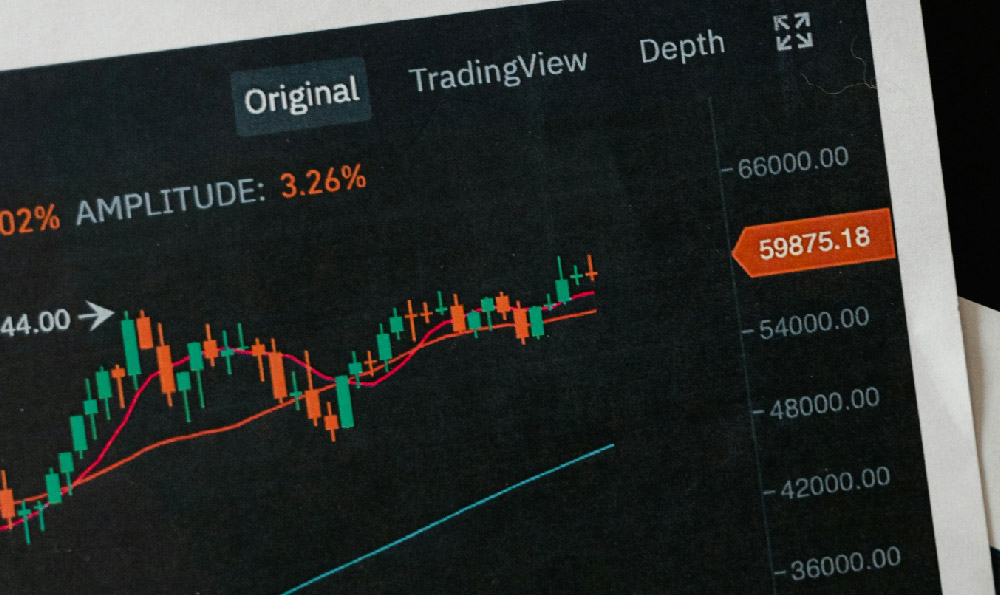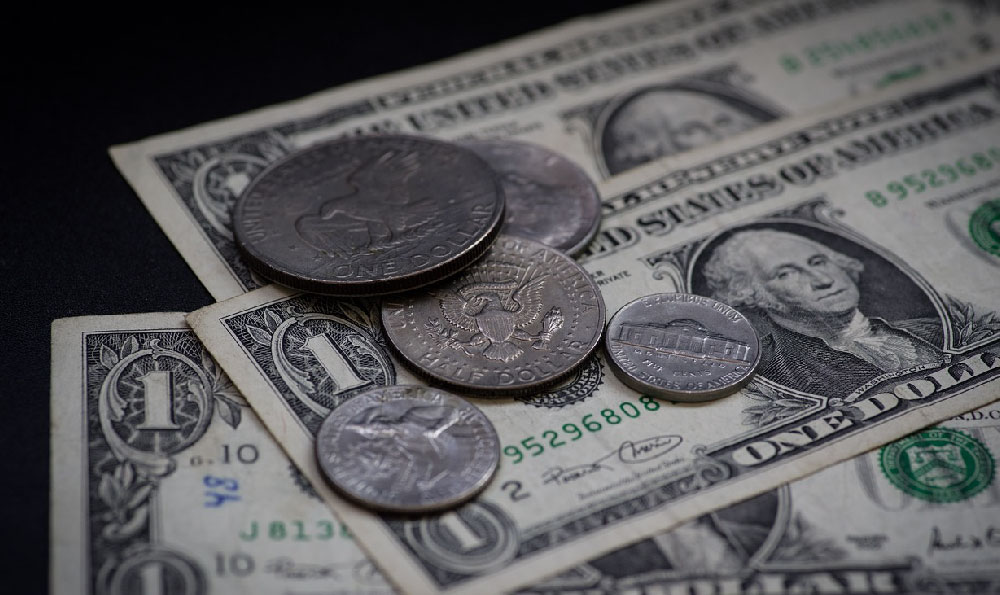How do pawn shops profit, and what are their revenue streams?
Pawn shops, often perceived as establishments offering short-term loans against personal property, operate on a business model that relies on a combination of lending and resale. Their profitability stems from a variety of revenue streams, each contributing to their overall financial success. Understanding these revenue streams and the underlying mechanisms allows us to appreciate the intricate workings of this unique segment of the financial and retail landscape.
The core business of a pawn shop revolves around providing pawn loans. These loans are secured by tangible collateral, meaning borrowers pledge items of value, such as jewelry, electronics, or tools, in exchange for a cash loan. The amount loaned is typically a fraction of the item's estimated market value. The pawn shop holds onto the collateral for a specified period, often 30 to 90 days. During this period, the borrower is obligated to repay the loan principal, along with accrued interest and fees. The interest rates charged by pawn shops are generally higher than those of traditional lending institutions like banks or credit unions. This is because pawn loans are considered high-risk due to the lack of credit checks and the inherent uncertainty of the borrower's ability to repay. This difference in interest rates forms a significant part of the pawn shop's profit margin.
If the borrower successfully repays the loan within the agreed-upon timeframe, the pawn shop returns the collateral. However, if the borrower defaults on the loan by failing to repay the principal and interest within the specified period, the pawn shop takes ownership of the pledged item. This marks the transition from a lending transaction to a retail opportunity. The pawn shop then becomes free to sell the item to recover the loan amount, plus accumulated interest and fees, and generate a profit. The ability to acquire and resell items at a markup is crucial to a pawn shop's long-term financial health.

The sale of forfeited collateral constitutes a significant revenue stream for pawn shops. They meticulously evaluate the market value of the forfeited items before placing them on sale. The selling price is usually set above the original loan amount, covering the unpaid interest and fees while also generating profit. This process necessitates careful inventory management, appraisal expertise, and a robust understanding of local market demand. Pawn shops often develop specialized knowledge in appraising various types of merchandise, from precious metals and gemstones to musical instruments and firearms. The difference between the selling price and the initial loan amount, coupled with the recovered interest and fees, represents the pawn shop's profit from the resale of forfeited items. The skill in accurately appraising items and selling them efficiently is critical to maximizing this revenue stream.
Beyond pawn loans and the sale of forfeited collateral, many pawn shops also engage in direct purchasing of goods from individuals. This allows them to acquire inventory without extending a loan, offering an alternative pathway to sourcing items for resale. The purchase price offered by the pawn shop is typically less than the item's estimated market value, providing a built-in profit margin when the item is subsequently sold. This approach enables pawn shops to replenish their inventory, cater to specific customer demands, and capitalize on opportunities where individuals are seeking immediate cash without the obligation of repaying a loan.
An important aspect of a pawn shop's profitability lies in effective risk management. Accurately assessing the value of collateral and predicting the likelihood of loan repayment are critical to minimizing losses. Pawn shops employ experienced appraisers who can evaluate the authenticity, condition, and market value of various items. This helps them determine the appropriate loan amount and the potential resale value if the loan is defaulted on. By carefully managing risk, pawn shops can minimize the number of loans that result in forfeiture and maximize their overall profitability.
Furthermore, pawn shops often generate revenue through ancillary services, such as offering repair services for electronics or jewelry, providing layaway plans for customers, or selling related merchandise like cleaning supplies or display cases. These additional services contribute to the overall profitability of the business and enhance the customer experience. The ability to diversify revenue streams beyond core lending and resale activities provides a buffer against market fluctuations and ensures the long-term sustainability of the pawn shop.
The operational efficiency of a pawn shop also plays a crucial role in its profitability. Managing inventory effectively, controlling expenses, and providing excellent customer service are essential for maximizing revenue and minimizing costs. Implementing efficient inventory management systems, streamlining operational processes, and training staff to handle customer inquiries and transactions effectively can all contribute to improved profitability. Moreover, maintaining a clean, organized, and welcoming store environment can attract more customers and enhance the overall shopping experience.
In conclusion, pawn shops generate profit through a multi-faceted approach that combines lending, resale, and ancillary services. The core business involves providing short-term loans secured by collateral, with interest rates that reflect the inherent risks involved. When borrowers default on their loans, pawn shops acquire the collateral and resell it at a markup, generating profit from the difference between the selling price and the initial loan amount, along with the recovered interest and fees. Direct purchasing of goods from individuals provides an additional avenue for acquiring inventory. Effective risk management, operational efficiency, and the provision of ancillary services further contribute to the overall profitability of the pawn shop. Understanding these diverse revenue streams and the underlying mechanisms is essential for appreciating the financial dynamics of this unique and often misunderstood segment of the retail and financial landscape.














